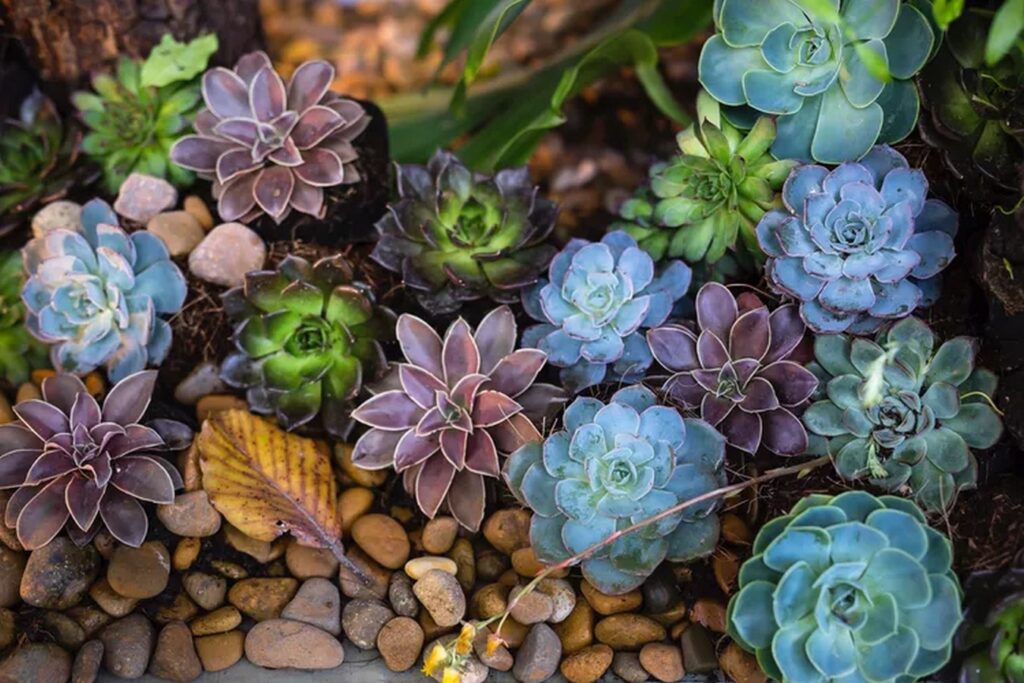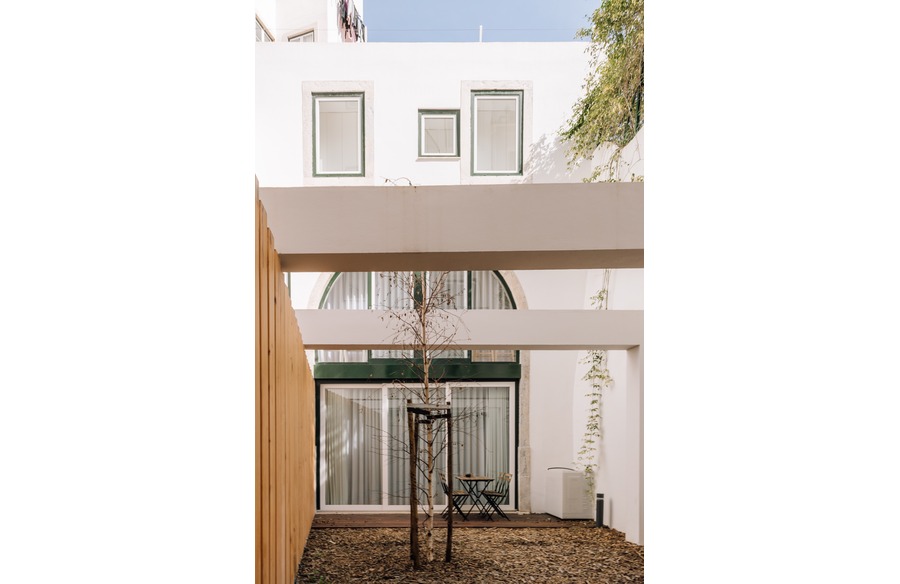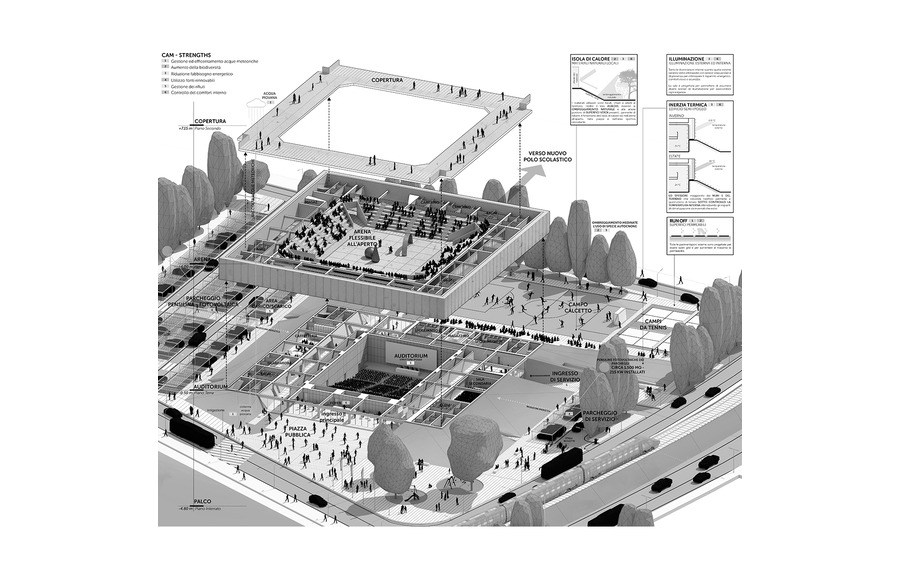Designing Fire-Resilient Gardens: Essential Strategies for High-Risk Areas

As wildfires continue to pose a significant threat in various regions worldwide, safeguarding your property against these natural disasters becomes paramount. Whether you’re proactively planning for fire safety or adapting to increasing wildfire risks, implementing smart landscaping choices is crucial. As a permaculture garden designer with extensive experience in diverse climates, I’m here to share simple yet effective design tips for creating fire-resistant gardens in high-risk areas.
Ensuring Adequate Irrigation
Maintain Optimal Soil Moisture
In arid or semi-arid environments, proper irrigation is vital to prevent vegetation from becoming dry and susceptible to ignition. Harvesting rainwater and installing efficient irrigation systems, such as drip lines, are effective strategies for conserving water and promoting plant health. By minimizing water loss and maximizing efficiency, you can significantly reduce the fire risk in low-rainfall regions.

Incorporating Water Features
Strategic Placement of Water Features
Integrating a garden pond or other water bodies into your landscape design can serve as a valuable fire mitigation measure. Positioning water features strategically, particularly between your home and potential wildfire sources, helps create a protective barrier. Additionally, ponds offer multiple benefits beyond fire protection, enhancing biodiversity and ecosystem resilience.
Creating Defensible Space
Establishing Fire Break Zones
To safeguard your property, create clear zones devoid of flammable vegetation around your home. Remove large trees and shrubs that pose a fire hazard and maintain adequate clearance between vegetation and structures. Within the fire break zone, utilize non-flammable mulches, such as recycled materials or gravel, to minimize fire fuel and create a protective buffer.

Selecting Fire-Resistant Plants
Choosing Appropriate Vegetation
Carefully select plants based on their fire resistance and suitability for your climate. Prioritize non-combustible species within the immediate vicinity of structures and maintain lean plantings in surrounding areas. Consult resources like firefree.org for guidance on fire-safe planting practices and suitable plant varieties for your region.
Promoting Plant Health
Optimizing Plant Vitality
Maintaining plant health is essential for reducing fire susceptibility and enhancing garden resilience. Ensure adequate watering and nutrition to support vigorous growth and minimize plant stress. Embrace holistic gardening practices, such as polycultures and soil enrichment, to foster ecosystem balance and resilience against fire threats.

Cultivating Healthy Soils
Enhancing Soil Fertility and Moisture Retention
Healthy soils are fundamental to sustaining thriving plant communities and mitigating fire risks. Prioritize soil health through organic amendments and moisture-retentive practices to support resilient plant growth. By nurturing a robust soil ecosystem, you can fortify your garden against fire hazards while promoting long-term sustainability.
In conclusion, designing fire-resilient gardens requires thoughtful planning, strategic landscaping, and proactive management practices. While it may not eliminate all risks, implementing these strategies can significantly enhance your property’s resilience to wildfires. By integrating fire-safe design principles into your garden, you can create a safer, more sustainable outdoor environment for years to come.

















